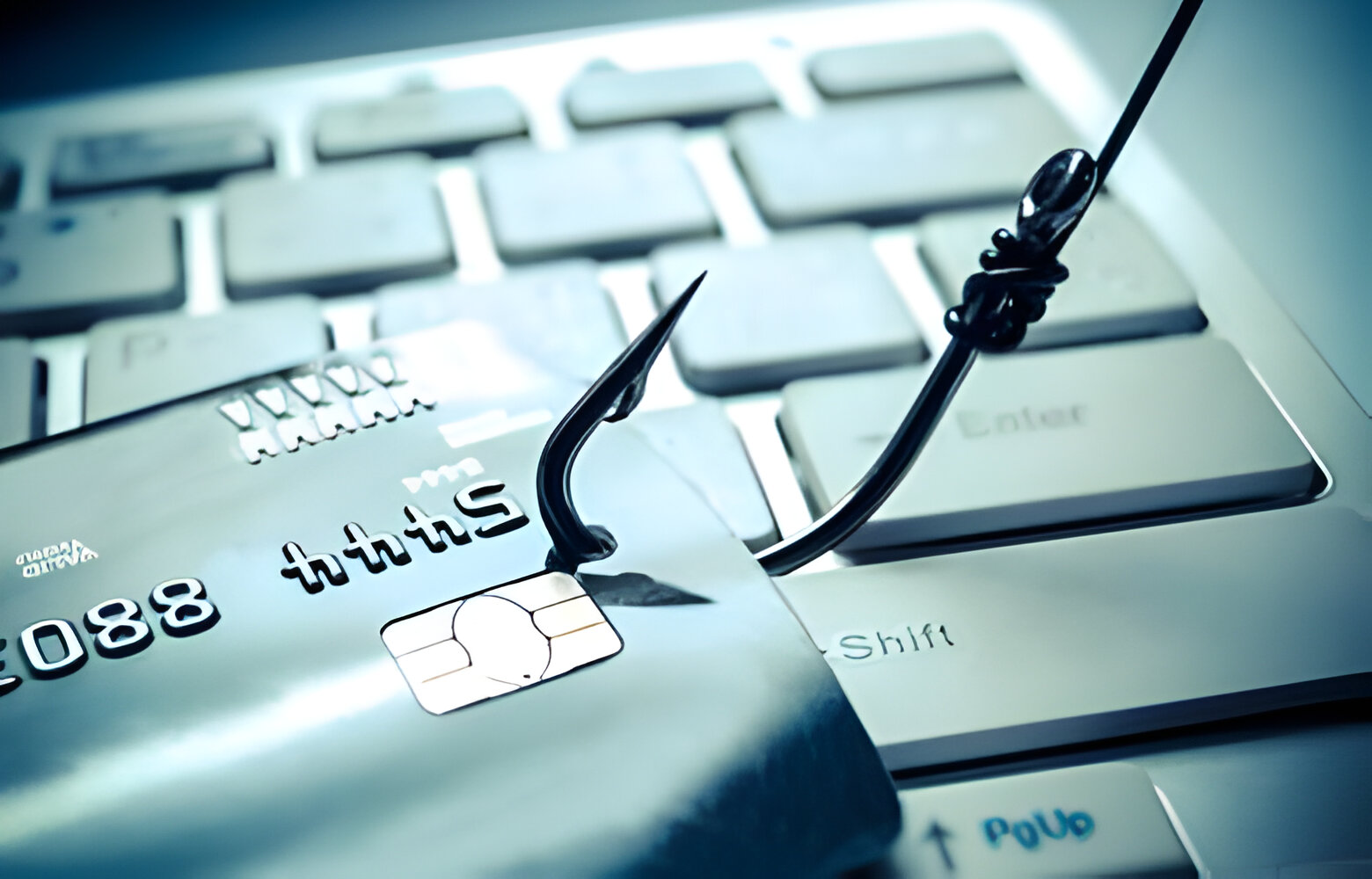Social Media Forensics and Online Activities
It involves meticulously examining digital content shared through social media platforms and web channels. Its primary goals include identifying the origin of media, verifying its integrity, and assessing credibility. Researchers tackle challenges related to source attribution, multimedia verification, and platform provenance analysis. This field plays a crucial role in criminal investigations, ensuring trustworthiness of online content, and combating misinformation.
Exploring techniques for collecting and analyzing digital evidence from social media platforms
The Social media forensics plays a crucial role in digital investigations, especially when it comes to collecting and analyzing evidence from social media platforms. Let’s delve into this fascinating field:
Types of Social Media Crimes:
Hacking: Hacking involves unauthorized access to computer systems or accounts. While not always criminal, it becomes unlawful when it harms someone. White hat hackers, who play a positive role, are well-known in contemporary society.
Photo Morphing: Photo morphing refers to seamlessly transforming one image into another using available online morphing tools.
Social Media Forensics Techniques
Evidence Collection: Investigators gather evidence from social media sites like Facebook, WhatsApp, TikTok, and Snapchat. They use tools such as WebPreserver, make a Website Hub, Pipl Search, TinEye, and TweetBeaver.
Storing and Analyzing: Once collected, evidence needs secure storage and thorough analysis.
Preserving: Ensuring the integrity of evidence throughout the investigation process is critical.
Metadata Analysis: Examining metadata associated with social media content provides valuable insights. Keyword Research: Identifying relevant keywords helps filter and focus the investigation.
User Profiling: Understanding user behavior and patterns aids in identifying suspects.
Network Analysis: Mapping connections between users and their interactions is essential.
Applications of Social Media Forensics
Identifying Criminals: Social media forensics helps law enforcement identify criminals involved in cyberbullying, link baiting, and other offenses.
Brand Management: Companies use it to monitor brand reputation and address potential issues.
Sentiment Analysis: Analyzing social media sentiment provides insights into public opinion.
Social Network Analysis: Understanding connections between users helps uncover hidden relationships.
Exploring techniques for collecting and analyzing digital evidence from Online Forums and Web-Based sources.
Collecting and analyzing digital evidence from online forums and web-based sources is a crucial task in the field of digital forensics. Let’s delve into some techniques and considerations:
Data Collection:
Identify and Collect: Begin by identifying relevant data for investigation. This includes forum posts, chat logs, images, and other digital artifacts.
Web Browsing History: Analyzing web browsing history, cached web pages, and stored form values can provide valuable evidence.
Social Media Posts: Extract posts, comments, and messages from social media platforms.
Emails and Communication: Gather email correspondence and communication logs.
Examination and Preservation:
Forensic Imaging: Create forensic images of relevant devices (such as computers, smartphones, or storage media) to preserve the state of digital artifacts.
Chain of Custody: Document the chain of custody to maintain the integrity of evidence.
Volatile Data: Capture volatile data (e.g., RAM, cache) before it is lost upon system shutdown.
Analysis Techniques:
Keyword Search: Use keyword-based searches to identify relevant content.
Metadata Analysis: Examine metadata (e.g., timestamps, author information) to establish context.
Link Analysis: Trace connections between users, posts, and related content.
Steganography Detection: Look for hidden information within images or files.
Social Network Analysis: Understand relationships and interactions among users.
Ethical Considerations:
Privacy and Consent: Respect privacy rights and obtain necessary consent when collecting data.
Anonymity: Be cautious when dealing with anonymous posts or pseudonyms.
Legal Compliance: Adhere to legal requirements and obtain proper authorization.
Tools and Software:
Digital Forensic Tools: Use specialized tools for evidence extraction and analysis. Some popular tools include Autopsy, EnCase, and Volatility5.
Hashing and Integrity Verification: Calculate and verify hash values to ensure data integrity.
Remember that digital evidence collection requires expertise, adherence to legal guidelines, and a thorough understanding of the specific context. As technology evolves, so do the challenges faced by digital investigators. Stay informed about new techniques and tools to effectively collect and analyze evidence from online sources.
Conclusion
These field of social media forensics and online activities investigation plays an indispensable role in modern digital investigations. Through meticulous examination and analysis of digital content from various online platforms, researchers and investigators can identify the origins of media, verify its integrity, and assess its credibility. Techniques such as evidence collection, metadata analysis, and user profiling are instrumental in uncovering critical insights. Moreover, the ethical considerations surrounding privacy, consent, and legal compliance underscore the importance of conducting investigations responsibly. As technology advances, it’s imperative for professionals in this field to stay abreast of new techniques and tools to effectively combat misinformation, ensure trustworthiness of online content, and contribute to the integrity of criminal investigations.
-
Previous Post
Cyber Crime Investigation











